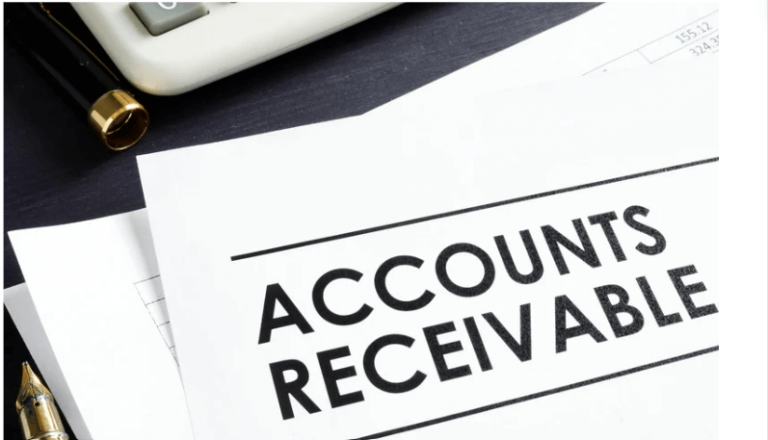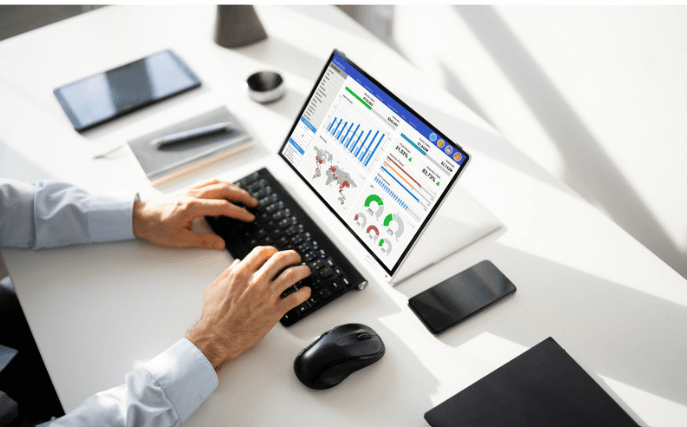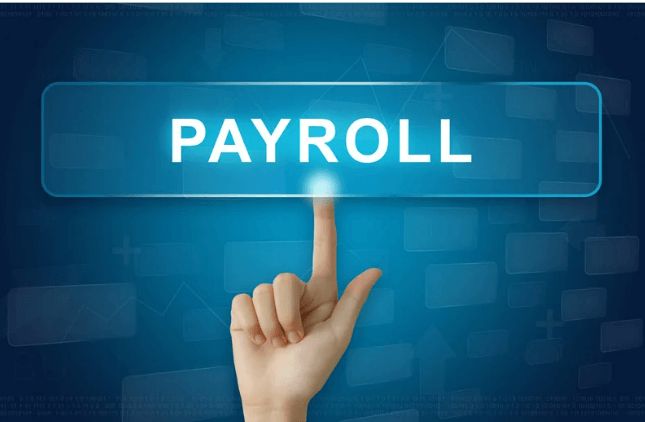Key Points:
1.Customer reconciliation ensures that the outstanding balances in your accounts receivable match the records in your general ledger, helping prevent errors and fraud.
2. It plays a crucial role in identifying discrepancies in customer transactions, ensuring financial transparency and accurate data for better decision-making.
3. Automated reconciliation tools like Blackline and Xero streamline the process, saving time and reducing manual errors, making it scalable for growing businesses.
4. Regular reconciliation and maintaining clear communication with customers are key best practices for minimizing financial mistakes and building trust with stakeholders.
The need for an answer to the question, of what is customer reconciliation, arises in the cases of businesses that give their product on credit to their customers. Credit sales means that the customers can pay for the goods or services at a later date instead of at the time of buying the product.
Many benefits of offering products on credit are increased sales and profit, customer loyalty and retention which is why it is offered by most of the organizations to their customers.
Because of offering products on credit sales, there arises a need to reconcile outstanding customer balances with accounts receivable recorded in the general ledger. It is mainly undertaken to check any fraudulent activity relating to accounts receivable. It is conducted usually at the month’s end to avoid any errors while preparing financial statements.
Important Aspects of Customer Reconciliation
Importance of accurate financial records
Keeping accurate and up-to-date financial records has many benefits such as-
-If your financial accounts are not accurate then you may end up paying the wrong income tax or supplying any other false information to tax authorities that may cost you huge penalties and trouble so by keeping accurate records you can prevent it.
-Keeping accurate records also helps you in getting funds easily from banks and other financial institutions
-You can accurately track your assets and liabilities and take business decisions accordingly if your financial records are accurate
In this blog, we will talk about understanding customer reconciliation and navigating customer accounts and the benefits of it and also tools used for effective reconciliation and why it is necessary to reconcile customer accounts
What is Customer Reconciliation?
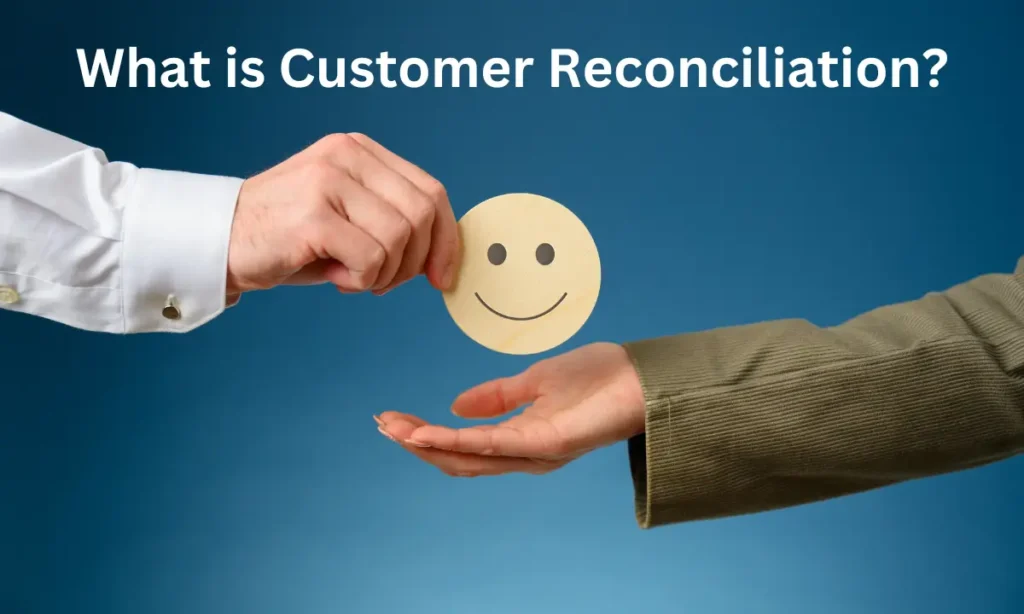
Definition and purpose of customer reconciliation
The main purpose of customer reconciliation is to check whether there is any discrepancy between the account receivable ledger and the receivable control account which records all amounts due from customers. It ensures that the amount we have to receive from the customer is reconciled with the amount recorded in the books of accounts.
How it ensures accurate financial data
It helps us in ensuring that the amount received in books of accounts is recorded correctly and the amount is not overstated or understated. If the amount is not recorded correctly then the balance of accounts receivable and the customer account will not be correct and we will not be able to take sound financial decisions based on the wrong balances by making customer reconciliation we can correct all the errors relating to accounts receivable which help us in recording accurate financial data.
Role in identifying discrepancies and errors
It helps us in identifying errors related to accounts receivable when we compare the number of bills issued to customers with the trade receivable balance and if any difference is found we will find the reason for the discrepancy and correct it to ensure accurate financial records.
Key Steps in Customer Reconciliation
-First and foremost step in customer reconciliation is to gather customer transaction data by checking the number of bills issued to the customer and the amount recorded in the trade receivable account
-Then after getting customer data we need to compare internal records(trade receivable balance) with customer statements(bills issued to customers)
-If any difference is found between them then we need to identify the reason for the discrepancies
-After finding the reason we need to do adequate steps to resolve and rectify the discrepancy
Benefits of Customer Reconciliation
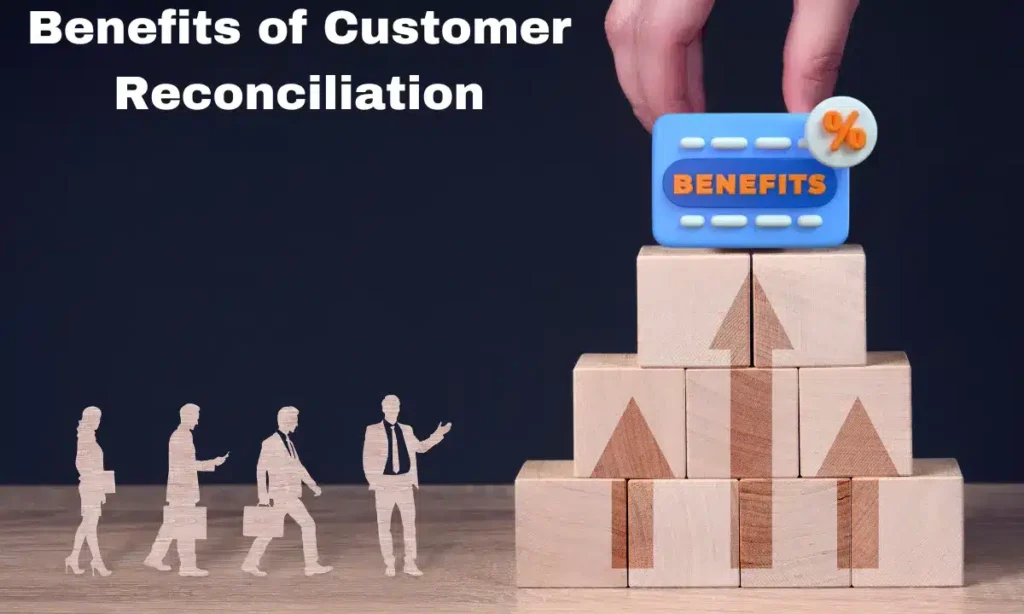
-Ensures financial accuracy and transparency
-Minimizes financial errors and fraud
-Builds trust with customers and stakeholders
-Eliminate the chances of error in trade receivable account
Tools and Software for Efficient Reconciliation
Nowadays mostly all business processes are automated and customer reconciliation can be a tedious process if you do it manually that’s why many software are available in the market that can help you in reconciliation and saves a lot of your time and effort
Features and benefits of automated reconciliation
-Easy to use
-They are fully automated and fast that can help you in saving a lot of time
-Helps in reducing errors in financial records
Popular software options
-Blackline
–https://www.blackline.com/solutions/financial-close-management/account-reconciliations/
-Xero- https://www.xero.com/
-Onestream- https://www.onestream.com/
-Reconart- https://www.reconart.com/
Common Challenges in Customer Reconciliation
-If bills are not issued to the customer or the amount is not recorded in the trade receivable account then reconciliation is not possible
-If reconciliation is not done regularly then its effectiveness will reduce
-If any transaction is posted into the wrong account then reconciliation may be difficult
Best Practices for Effective Reconciliation
-Regularly update and maintain financial records
-Keep clear communication channels with customers
-Implement proper internal controls
-Do reconciliation regularly
-Standardize the reconciliation process
-Use automated software to get accurate results
Real-Life Examples
-Reconciliation software used by Fiduciam for increasing efficiency and Control for a Critical Reconciliation Process
Fiduciam is a pension-fund-owned lender to entrepreneurs and small and medium-sized businesses throughout the UK and Europe. Institutionally funded, Fiduciam provides loans to companies in real estate, financial services, manufacturing, agri-food, hospitality, and healthcare. The business has funded over $850m in loans to date.
Fiduciam believes in leveraging new technologies to help its borrowers grow and prosper with flexible, efficient, and competitive lending. This passion for technological innovation and the need to scale to meet future growth drove Fiduciam to use SolveXia to automate their reconciliations. Read on to learn how SolveXia worked with Fiduciam to deliver all the benefits of automation including efficiency, scalability, accuracy, and consistency of data for their clients.
The Operations and Portfolio Management team at Fiduciam performs critical back-office functions with a desire to ensure a “belts and braces” approach to financial operations and the best possible experience and outcome for clients.
As part of their responsibilities, the team must reconcile client bank accounts with the loan management system. This process is vital as it ensures that cash transactions (such as loan repayments) for each client are accurate.
Due to the rapid success of the business, the reconciliation process using spreadsheets had become exceedingly time-consuming, taking staff up to two full days of manual effort each week to complete. Management recognised the necessity to improve financial control of the process and reduce spreadsheet risk.
Fiduciam chose SolveXia to automate its reconciliation process. “The SolveXia team was very responsive, technical and detail-oriented.
I find that in this business sector, that is often difficult to find”, says Charlotte De Baere, Head of Operations and Portfolio Management. The company also felt that the SolveXia platform would enable a rapid solution due to its ability to easily integrate with existing files and systems.
The solution now automates the reconciliation across two banks, 150+ bank (client) accounts with multiple currencies and their loan management system. In just a few minutes, SolveXia ingests data and matches transactions using configurable rules as well as text patterns contained in transaction descriptions.
The solution caters for one-to-one and more complex one-to-many matching. Once the matching is complete, SolveXia generates a series of matching reports allowing users to analyse the results.
As part of the onboarding, Fiduciam nominated a ‘SolveXia specialist’ who, after receiving training, has subsequently added new matching rules and features to the reconciliation. This is important as it ensures the team is self-sufficient and can quickly adapt the solution in the future.
Fiduciam is also now looking to automate additional processes (beyond reconciliations) shortly, further leveraging the SolveXia platform to drive efficiency and greater control throughout the company.
Having automated with SolveXia, Fiduciam is confident that the reconciliation process is now scaleable so that it remains efficient, accurate and auditable for clients as the business continues to grow.
The automation saves up to one day each week, allowing the company to reallocate staff to more value-added tasks. There is also less dependency on senior staff to complete the reconciliation, allowing the task to be delegated while ensuring control and visibility are retained.
Clients are reassured knowing that Fiduciam now has increased visibility and governance, which is particularly important as the business continues to grow and onboard larger institutional investors who may have higher demands in these areas.
Fiduciam can also effortlessly pass on reconciliation reports that clients may request for audit purposes and have confidence in the accuracy of the reports.
Conclusion
So in this blog, we have seen how customer reconciliation can help us in maintaining accurate financial records and minimises financial errors and fraud and helps us accurately calculate how much we owe from our customers and help us in maintaining good relations with them.
Also read:


